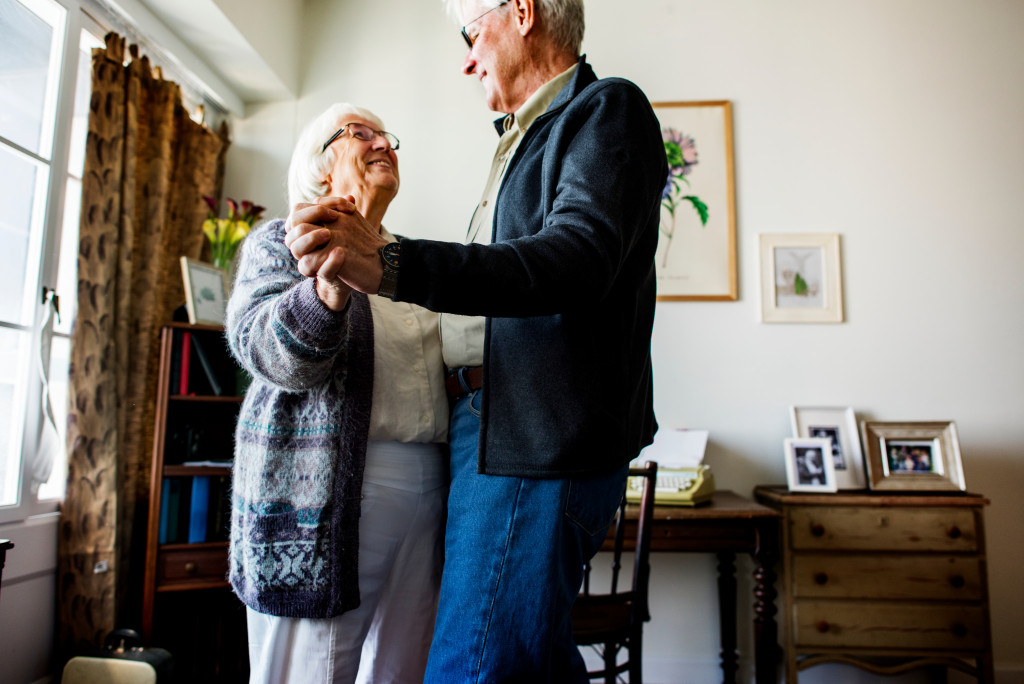Ask some older adults where they plan on living during their senior years, and you will usually get the same answer. According to a recent survey, up to 90% of participants want to continue living in their homes and communities. This is after Baby Boomers expressed their concerns after learning that many seniors in senior living homes tested positive and died due to complications of the virus.
Why More People Like the Idea of Aging in Place
More people plan on aging in place. They would rather stay in their own homes for as long as possible instead of signing themselves off to a senior home. They prefer embracing the following perks of aging in place, despite knowing the cons of this senior housing option.
- Improve their physical health by living in a safer and healthier environment.
- Enjoy living somewhere they feel free, independent, and comfortable.
- Enjoy a lesser expensive housing option compared to assisted living and nursing facilities.
- Exercise one’s dependence and freedom.
- Continue living in their homes that provide a sense of security, familiarity, and comfort to seniors.
- Live in their residence of choice and continue living off their routines.
These perks are what encourage seniors to continue aging in place. When they can stay longer at home, they get to enjoy freedom, independence, and a sense of security that they usually can’t experience once they commit to senior living. But like all great things, aging in place has its own drawbacks.
The Dangers of Aging in Place
Seniors also face different disadvantages for attempting to age in place. Each senior’s situation is unique. They also have their own set of needs.
It is crucial that seniors should also consider the many risks that come with aging in place. For the most part, healthcare providers and families of seniors worry about their safety.

Not all seniors are capable of taking good care of themselves while managing a household. Remember that if you ever decide to age in place, you are still in charge of home upkeep and maintenance. You may no longer remember your scheduled home maintenance tasks, which can put your own safety at risk.
You might also find it hard to ensure your home is a safe environment for your own changing needs. Not all houses are safe for senior living. This is especially true with houses crowded with belongings, have upstairs bedrooms, and have lots of potential reasons for slips and falls.
There’s also the risk of being vulnerable to some crimes. Many bad guys would target seniors living alone inside their homes. This is one reason why many seniors fall victim to different crimes like fraud.
Managing the Risks of Aging in Place
The good news is, although challenging, it is possible to age safely in place. The trick is to plan your living arrangement wisely. Be sure to assess your needs and make the necessary changes as your needs change.
Assess Your Needs
Start by assessing your current senior needs. Do you now require help planning your meals, drinking your medications on time, or running some errands? If there are things you can no longer do on your own, consider your options.
If you have no family member to tend to such needs and you now also require rehabilitative treatments, you can consider investing in-home care services. Health aides will take perform the bulk tasks needed to help you recover in the comforts of your home. They can help you retain your independence for as long as possible.
Make Your Living Space Senior-Friendly
Next, consider your living space. If your home is not that senior-friendly, then you need to find ways to make it more accommodating to your needs. It needs to be safe enough for a senior to live in and can easily help you live comfortably, considering your current situation.
Many home improvement projects can help you make your living space healthier and safer for aging in place. This will depend on your current needs and how your house is designed in the first place. For starters, consider adding railings if you have steps leading to your front door.
Remove unnecessary clutter that can cause you to slip, like throw rugs and belongings lining your hallway. If you now have a hard time gripping on standard doorknobs, replace them with lever handles. Ensure adequate lighting and install handlebars and grab bars if needed.
These are but some of the things you ought to consider before you make the decision to age in place. While this option may seem like the best choice for seniors, it is not always the right one. There are risks involved when trying to age in place. But if you want to continue aging in place, it only makes sense to prepare for the dangers so you can live in confidence in your old home.

